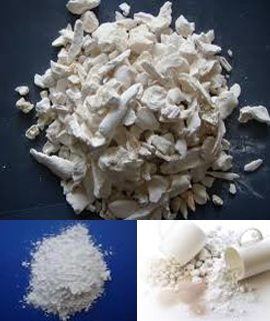Bone Ash

Bone ash is obtained by calcinating degelatinized bone up to a temperature of approximately 1100 °C. Afterwards, the bone ash is cooled and milled (minimum of 95% through a 325 mesh size sieve).
Bone ash wash was developed as a coating or wash for moulds used in coating refined copper and aluminum. The heavy, uniformly adherent coating deposited by water suspension of bone ash on moulds provides extremely good resistance for castings on aluminum, copper and other metals in permanent moulds. Bone ash is made from selected chosen bones properly leached, ground, calcined by a special procedure and milled to a favorable particle size.
The excellent quality of bone ash as a mould coating for metals is attributed to the internal structure of the small, individual particles. The original cellular structure of the bone is preserved, thus giving the material a high resistance to the transfer of heat.
Bone ash is primarily tri-calcium phosphate or a form of calcium hydroxyapatite.
Typical Analysis
| CaO | 55.25% | AlO | 0.06% |
| P2O5 | 41.65% | FeO | 0.08% |
| Ca3(PO4)2 | 96.90% | Insoluble in HCL | 0.60% |
| MgO | 1.40% | Loss on Ignition | 0.50% |
| CO2 | 0.43% | Other Elements | 0.42% |
| SO3 | 0.09% | Moisture | nil |
